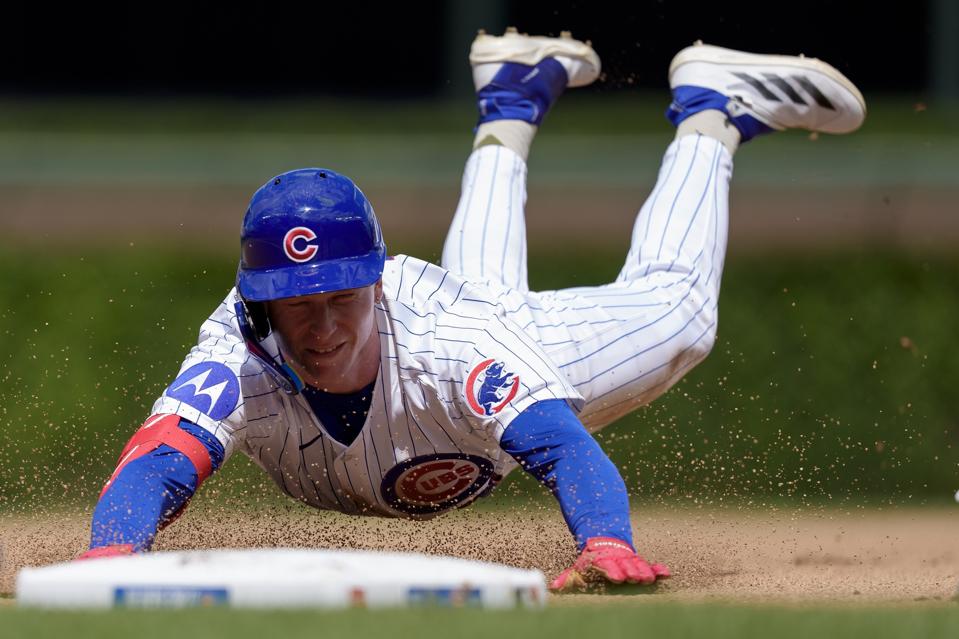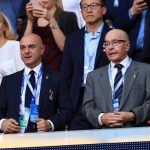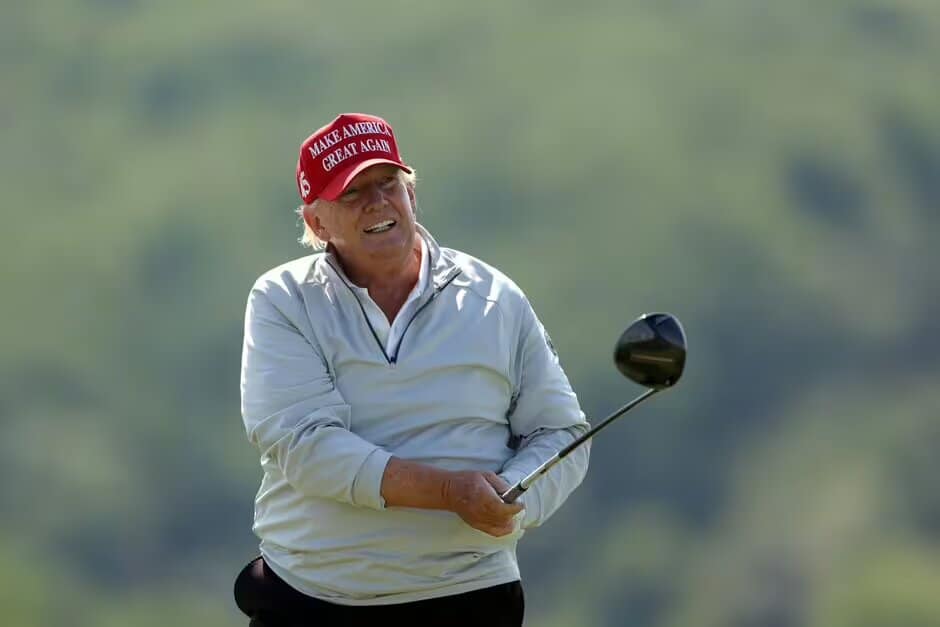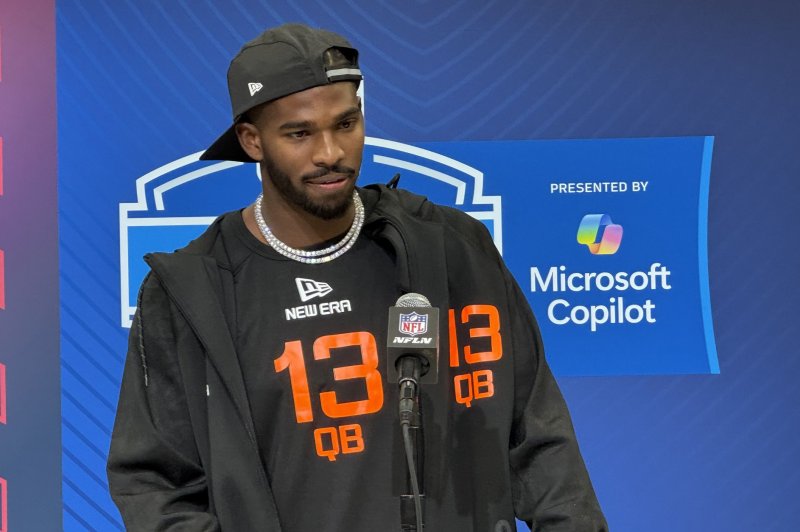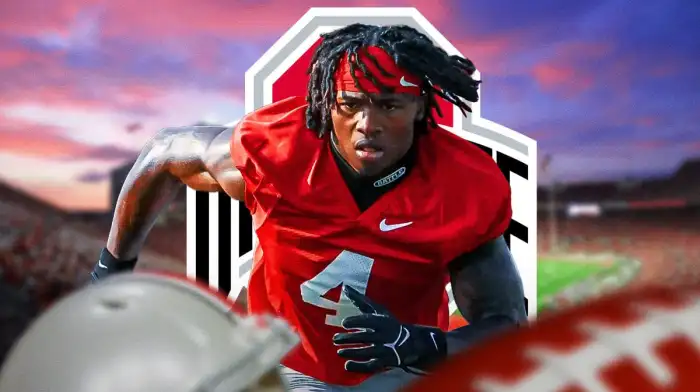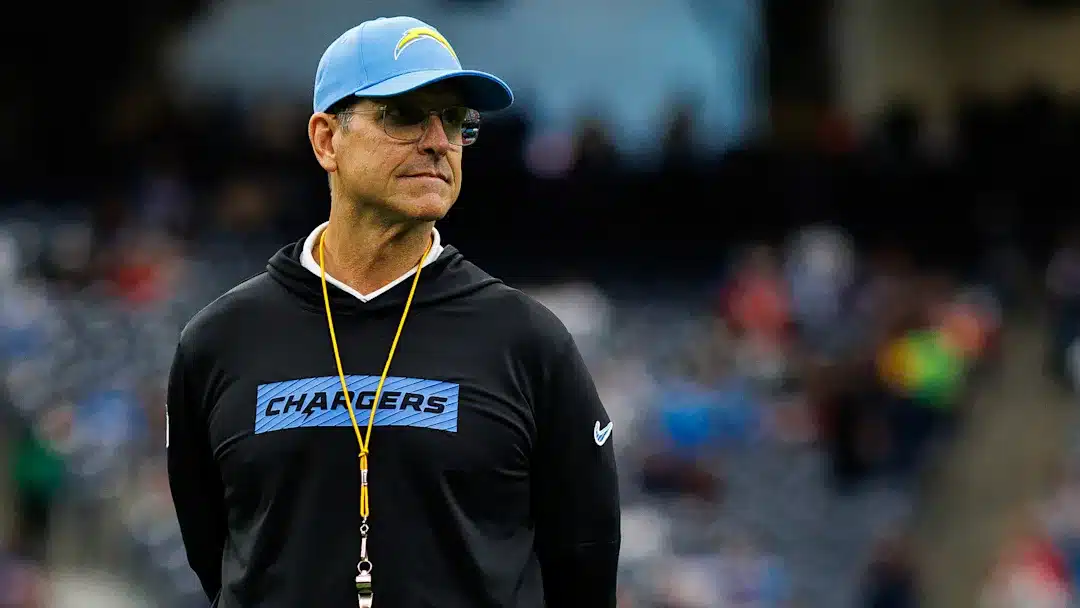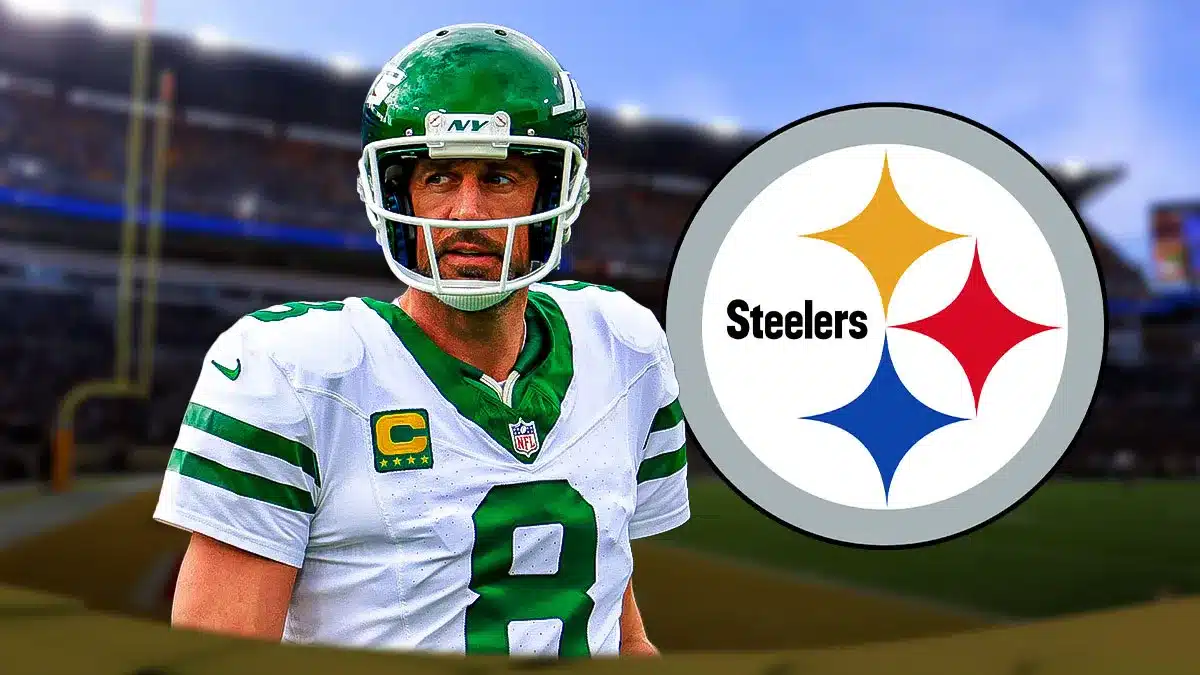Jed Hoyer has made his priorities clear — he’s focused on targeting the best pitchers available, both starters and relievers, and plans to bring in a few ahead of the trade deadline.
Given the Cubs’ promising position in the playoff race — a welcome change after years of underachievement since their 2016 title — this strategy seems both logical and perhaps necessary. However, history suggests Hoyer and GM Carter Hawkins should tread carefully as July 31 draws near.
Mid-season trades tend to benefit the teams offloading established talent more often than those acquiring veterans for a playoff push. Still, the allure of short-term success — and the excitement it brings — can be hard to resist, particularly for an executive like Hoyer, whose contract is approaching its end. As the Cubs’ president of baseball operations, he’s no stranger to high-stakes trades.
Back in 2016, while working under Theo Epstein, Hoyer was involved in the deal that brought Aroldis Chapman from the Yankees. The Cubs needed a dominant closer to replace Hector Rondon, and Chapman delivered — helping the team navigate a tough postseason and secure their historic World Series win. However, the trade came at a cost: then-19-year-old Gleyber Torres, along with Adam Warren and two other prospects.
Torres, who was blocked at the time by Javier Baez and Addison Russell, has since built up 17.5 career WAR with the Yankees and Tigers and is now a key player for a contending Detroit team.
Chapman, meanwhile, wasn’t re-signed by Chicago and has bounced around the league since, now closing for the Red Sox. Still, his contribution to that title run — including a clutch ninth inning in Game 7 — makes the trade justifiable in hindsight. If the Cubs reach the Fall Classic again this year, few will complain about whatever assets are sacrificed to get there.
But trading away young talent always carries risks — just ask the Mets.
In 2021, leading the NL East with a 55-47 record, they added Javier Baez from the Cubs, who had made Baez, Rizzo, and Bryant available after failing to extend their contracts. In return, the Mets gave up 19-year-old outfielder Pete Crow-Armstrong.
Fast forward to today: Crow-Armstrong, in his first full MLB season, has already tallied 6.6 WAR in just 215 games. He’s batting .308 with 21 homers, 24 steals, and standout defense — a rising star for the Cubs.
Meanwhile, Baez’s brief stint with the Mets ended in disappointment, as the team went 22-38 after the trade and missed the playoffs.
Since their 2016 World Series win, the Cubs have often taken an aggressive approach at the trade deadline. However, those bold moves have rarely produced the postseason success needed to justify their high costs.
In 2017, when Theo Epstein wanted a reliable starter, he sent 21-year-old pitcher Dylan Cease and slugging outfield prospect Eloy Jiménez to the White Sox in exchange for José Quintana. At the time, the Cubs were just 43–45, but they rallied to win the NL Central with 92 wins before falling in the NLCS — ending their three-year postseason streak. While Quintana went 33–23 over four seasons in Chicago, the return wasn’t nearly as impactful as hoped.
Another deal that season saw the Cubs trade 23-year-old third baseman Jeimer Candelario and 18-year-old infielder Isaac Paredes to Detroit for reliever Justin Wilson, whose performance fell short of expectations.
In 2018, Epstein added Cole Hamels and Brandon Kintzler at the deadline, then followed up in 2019 with trades for Nick Castellanos, catcher Martín Maldonado, and reliever Brad Wieck. While these moves didn’t cost as much in prospect capital, they also failed to push the Cubs deep into October.
Now, the Cubs find themselves in a competitive spot again and are expected to be among the most active teams ahead of the deadline. Offensively, they’re firing on all cylinders behind Kyle Tucker, Seiya Suzuki, and Pete Crow-Armstrong — averaging 5.4 runs per game, the second-best in MLB. But the starting rotation has been hit hard by early injuries to Justin Steele and Javier Assad, and closer duties have fallen to the relatively inexperienced Daniel Palencia.
On the upside, the Cubs boast one of the most stacked farm systems among contending teams. That gives Jed Hoyer a strong hand if he’s willing to deal top-tier prospects like catcher/DH Moisés Ballesteros, first baseman Jonathan Long, versatile infielder-outfielder James Triantos, and outfielders Owen Caissie and Kevin Alcántara — all of whom are developing well in Triple-A.
But the greatest risk could come from trading younger, less proven players — especially teenage prospects who have yet to reach the spotlight.
Consider the White Sox in 2016. Hoping to contend with stars like José Abreu and Chris Sale, they traded 17-year-old shortstop Fernando Tatis Jr. for veteran pitcher James Shields. Just two years later, Tatis debuted in the majors and is now one of the game’s most electrifying players with a $340 million contract.
Front offices are already eyeing a trio of promising young Dominican infielders the Cubs recently signed — Wilfri De La Cruz, Juan Cabada, and Juan Tomas — all of whom cost a combined $4.9 million.
Scouts are especially high on Tomas, who has drawn comparisons to Elly De La Cruz for his power-speed combo. A 6-foot-2 switch-hitter with a strong arm, he profiles as a potential 30-30 player, yet ranks just 11th on MLB Pipeline’s list of Cubs prospects — which might make him seem expendable in a larger deal.
These are exciting and pivotal times for contenders like the Cubs. But as history often shows, the teams trading away proven veterans are the ones who tend to come out ahead in the long run.

